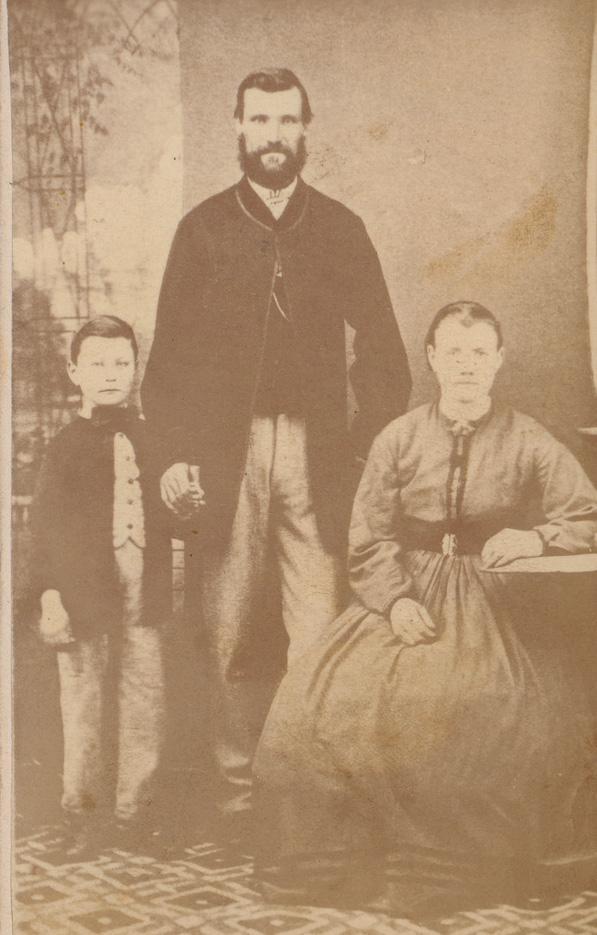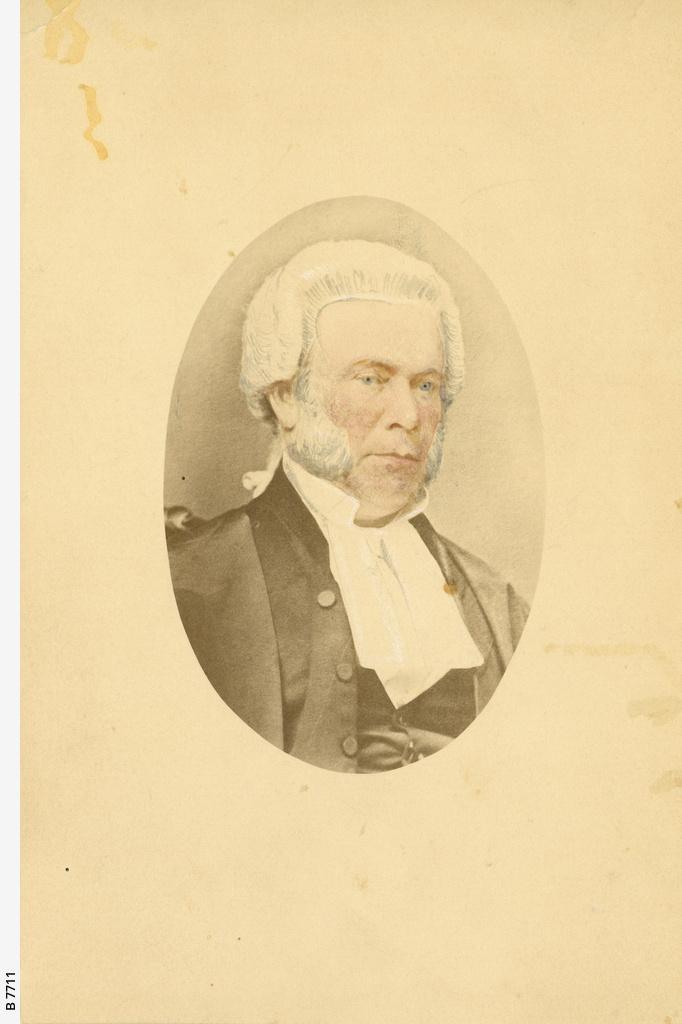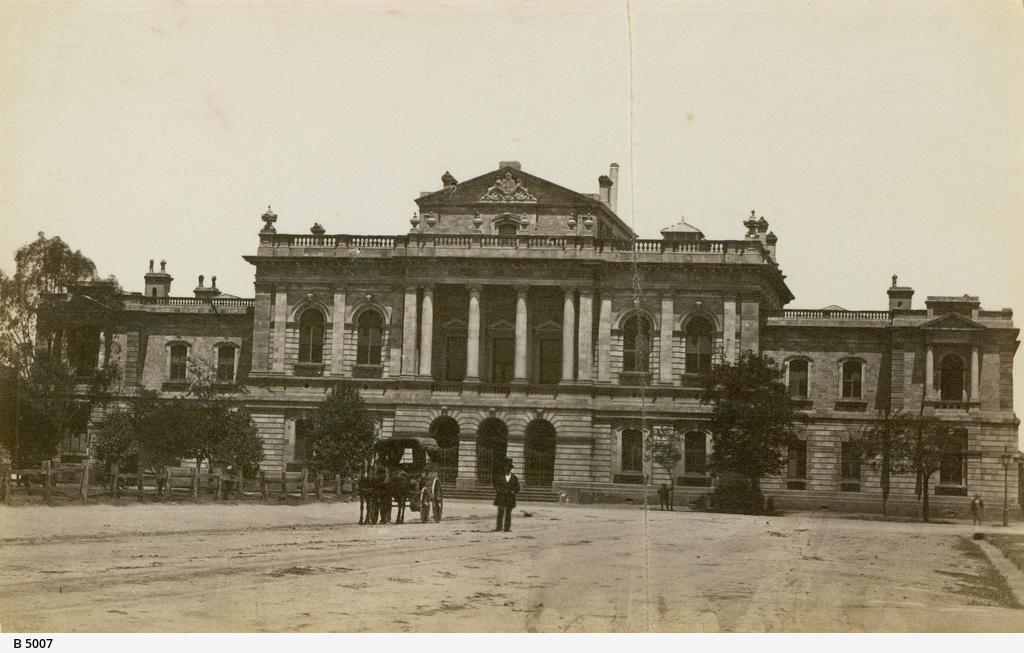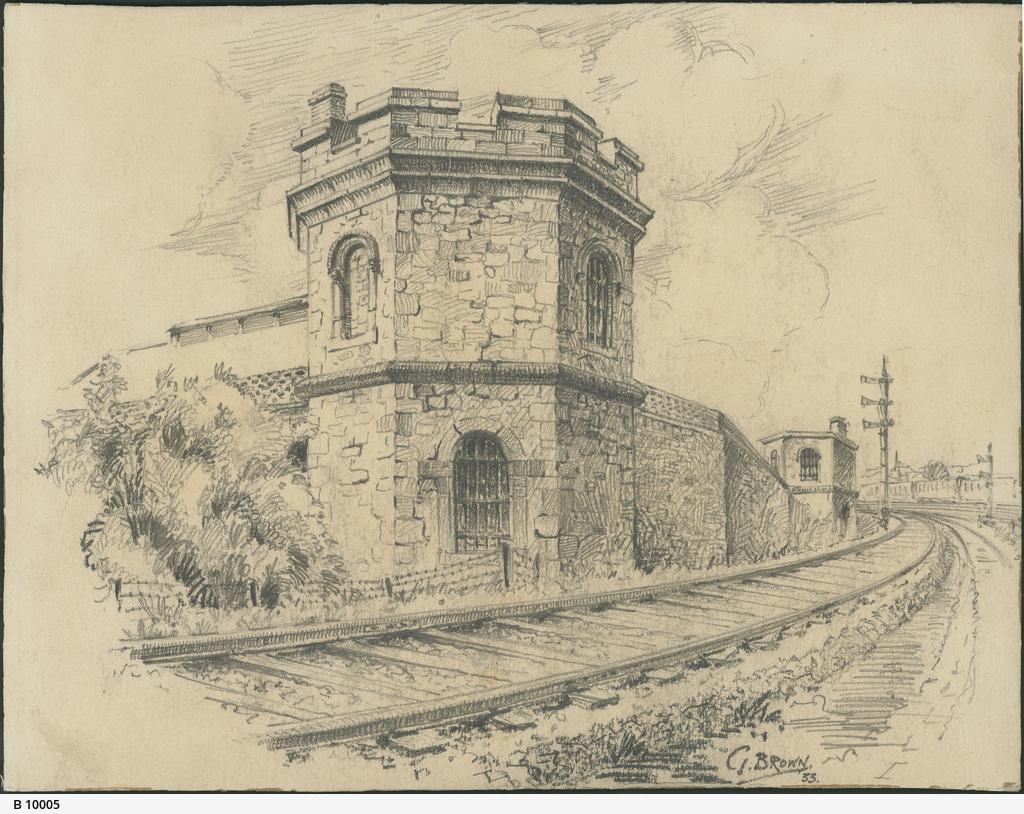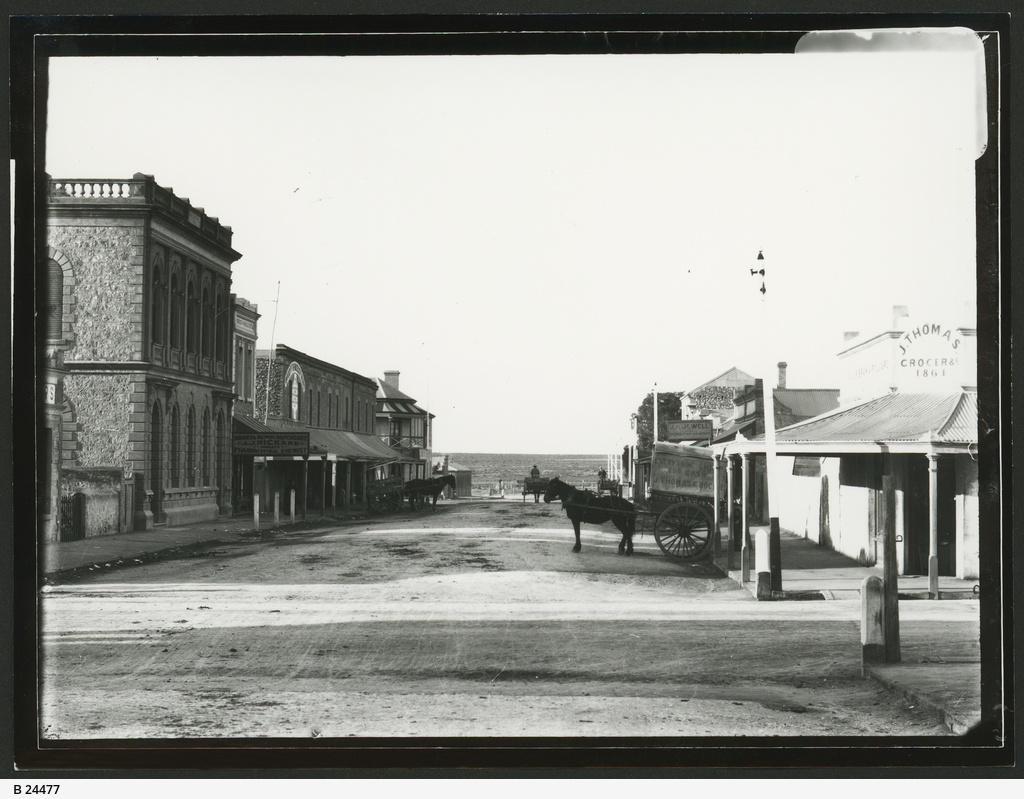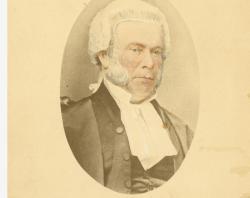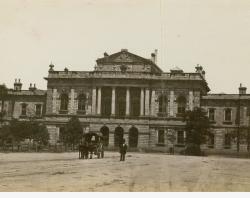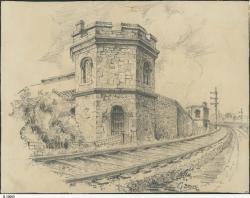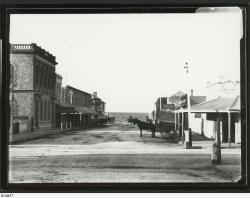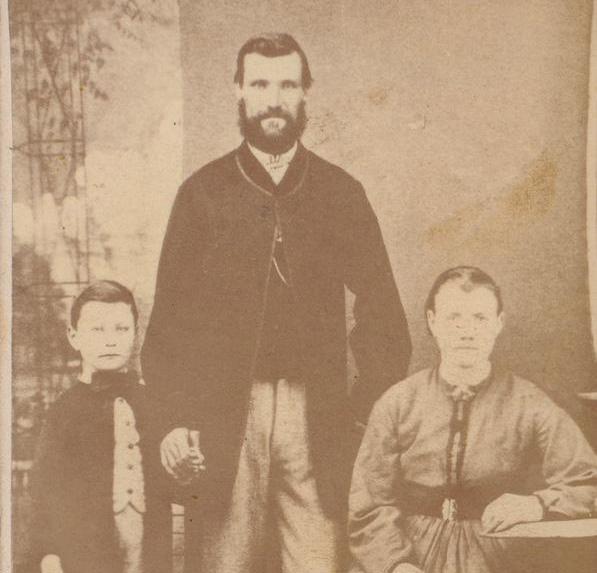
Elizabeth Woolcock – murderer or victim?
A South Australian true crime.
Elizabeth Woolcock was sent to stand trial at the Supreme Court in Adelaide. A jury took less than half an hour to find her guilty. Despite their recommendations for mercy given the conflicting medical evidence, and the lifelong abuse she had suffered, the judge (Mr Justice Wearing) sentenced her to death. By law, the judge had to put the jury's recommendation for clemency to the colony's governor and offer his opinion. Clemency was not granted.
On 30 December 1873, Elizabeth was hanged in the yard at Adelaide Gaol. She was 25 years old.
Two weeks before her execution, Elizabeth wrote a confession and handed it to the Reverend James Bickford, who had been visiting her in the Gaol, with the instruction that it be read after her death.
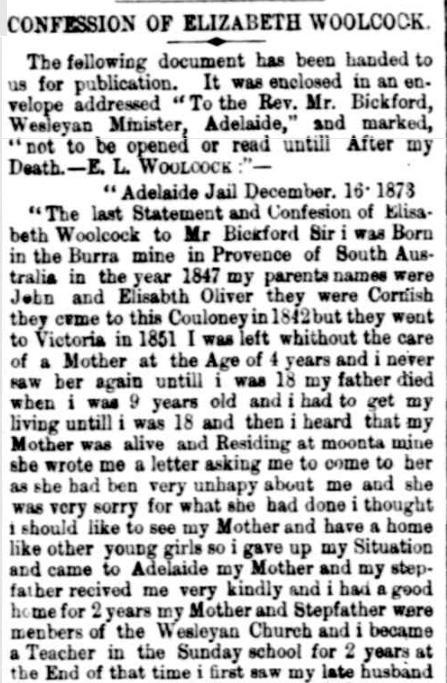
In the years since her death, questions have been raised over whether she did indeed commit this crime and whether her confession was written in a state of mental instability brought on by distress.
Her short life was filled with tragedy from early childhood to death. Abandonment, grief, pain, sexual violence and physical abuse were constant companions. And if she was responsible for his death, surely there was some room for compassion.
We're left with two questions. Did she do it? And if so, did the punishment fit the crime?
Do you think Elizabeth killed Thomas Woolcock? If you want to find out more, the following books are available to read within the State Library, or you could search for them at your local library.
More to explore
Books:
Peters, A.L. (1992). No Monument of Stone.
Peters, A.L. (2008). Dead Woman Walking.
Dawn Joy Rafe, (2013) Murders and mayhem at Salt Creek … (2013)
Towler, DJ & Porter, TJ (1990) The Hempen collar
Porter, TJ, (2018) The Hempen Collar
Newspaper reports:
'Confession of Elizabeth Woolcock,' South Australian Register , 2 January 1874, page 5.
'Execution of Elizabeth Woolcock,' Wallaroo times, 3 January 1874, page 3.
